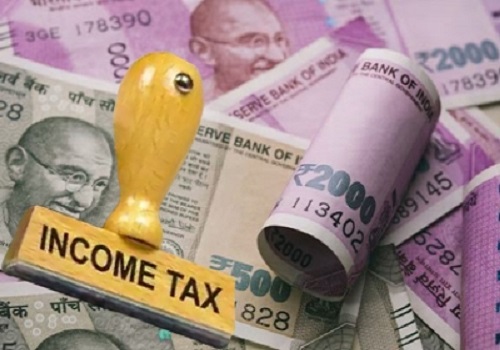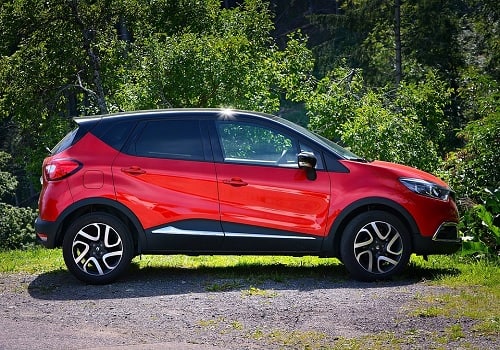Auto Sector Update - Disruption from e-2Ws ahead, e-3Ws near an inflection point By Motilal Oswal

Follow us Now on Telegram ! Get daily 10 - 12 important updates on Business, Finance and Investment. Join our Telegram Channel
Disruption from e-2Ws ahead, e-3Ws near an inflection point
Big opportunity for players with a weak Scooter franchise to make a mark Higher cost of ownership due to regulatory factors, rising fuel prices, reduction in li-ion battery prices, and FAME-2/state government subsidies are factors resulting in narrowing of the price gap between ICE 2Ws and e-2Ws. Mainstream OEMs have finally entered the e-Scooter segment, which was so far dominated by startups. We believe that e-2Ws are ready for disruption, particularly urban focused Scooters are at risk of faster electrification. This has potential to change the competitive landscape of the Scooter segment (market of ~5.6m units, ~INR340b revenue and ~INR40.7b EBITDA pool). Similarly, e-3Ws are nearing an inflection point as it is almost at par with CNG 3Ws on a TCO basis. However, traction for e-3Ws would be a function of charging ecosystem as vehicle uptime is of paramount importance in the B2B segment.
* The 2W industry witnessed considerable price inflation due to regulatory changes. The cost to the customer has risen by ~25% till Jan-21 from Apr’18 levels. At the same time, the cost of a lithium ion battery continues to fall sharply, with an estimated decline of ~24% during the same period.
* This, coupled with an increase in subsidy under the FAME-2 scheme as well as some states offering subsidies on li-ion battery operated vehicles, has helped to further narrow the gap between ICE 2Ws and e-2Ws.
* On a TCO basis, our estimates suggest that e-Scooters offer 10-20% lower cost of ownership (on a per km basis) as compared to ICE Scooters (both 100cc and 125cc). e-Scooter launches from established brands like BJAUT and TVSL would also help establish the credentials of e-Scooters with customers.
* e-2Ws would be more relevant for urban markets due to: a) shorter driving distance (lesser anxiety around driving range), b) better power availability (from charging perspective), and c) lesser sensitivity to TCO. We believe electrification in 2Ws would first happen in Scooters.
* Within Scooters, we expect adoption to be faster in 125cc Scooter due to premium positioning, similar product attributes as EVs, and lesser pricing gap. However, 100cc Scooters would not be immune to electrification for too long.
* In 2Ws, Scooters are vulnerable to EVs. TVSL has the most exposure to scooters in the listed space, with over 30% of total volumes accruing from domestic Scooters.
* Changing technological landscape could cause changes in the competitive landscape of the Scooter segment, providing an opportunity for players with weak scooter presence (like BJAUT, HMCL) and a threat to incumbents (like HMSI). EIM won't be affected by EVs, at least for the time being.
* e-3Ws are nearing an inflection point to disrupt ICE 3Ws. However, adoption of e-3Ws would also be a function of charging infrastructure. On a TCO basis, our estimates suggest M&M Treo (post FAME-2 subsidy) is almost at par with CNG 3W. Considering BJAUT stronghold of 3Ws in the urban market, it could be at risk of either market share loss or dilution in profitability in this segment.
To Read Complete Report & Disclaimer Click Here
For More Motilal Oswal Securities Ltd Disclaimer http://www.motilaloswal.com/MOSLdisclaimer/disclaimer.html SEBI Registration number is INH000000412
Above views are of the author and not of the website kindly read disclaimer










More News

Financial Sector Update - Credit growth improves to 13.3% YoY as of 1st Jul?22; deposits jum...





 320-x-100_uti_gold.jpg" alt="Advertisement">
320-x-100_uti_gold.jpg" alt="Advertisement">








